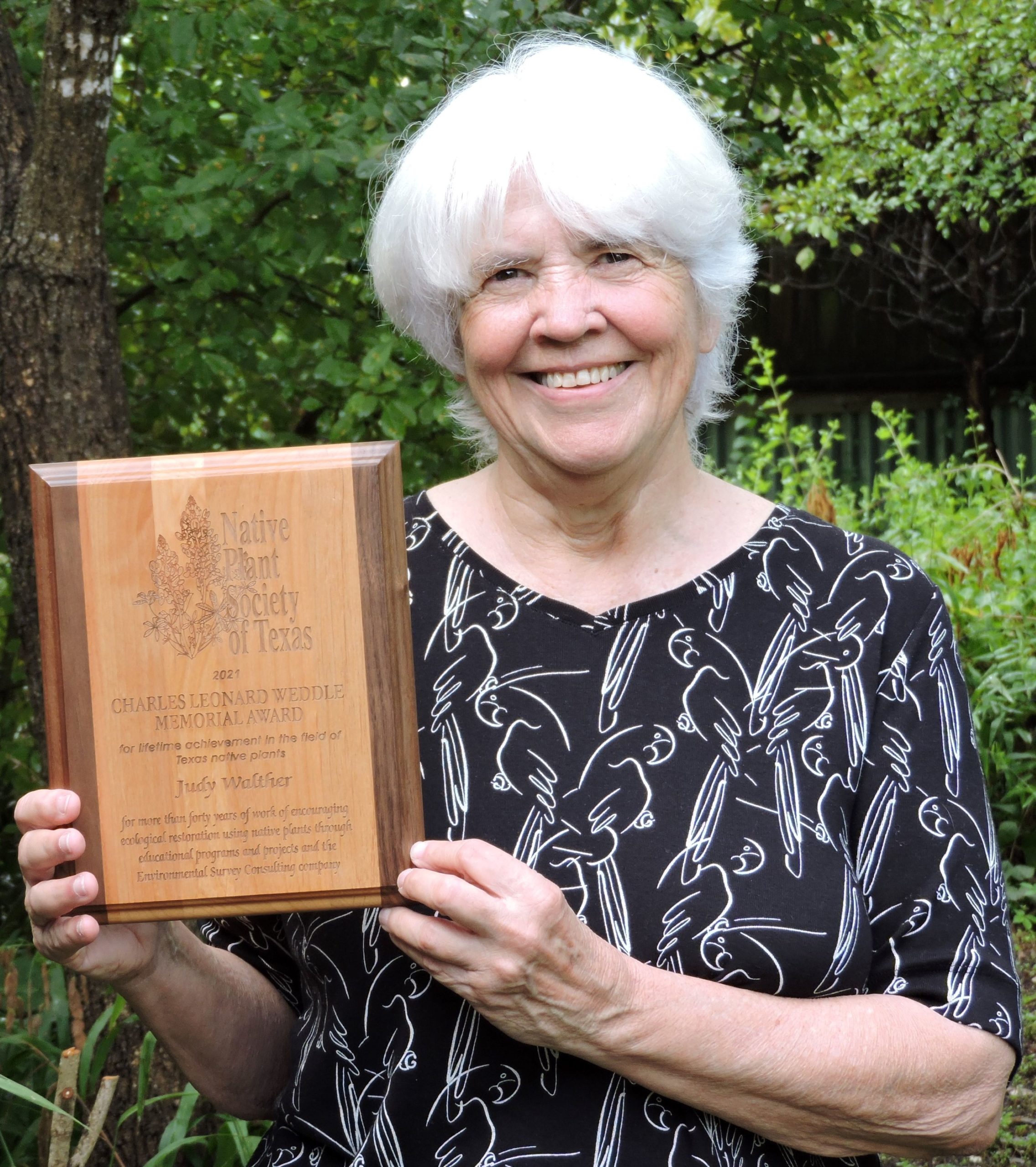



Stan Wilson, ESC General Manager and Certified Ecological Restoration Practitioner (CERP), has been working to restore the riparian landscape along the Comal and Guadalupe rivers and their tributaries since 2019. This work is coordinated by the Edwards Aquifer Habitat Conservation Plan (EAHCP), which is funded by municipal water customers in the major counties within the Edwards Aquifer contributing, recharge, and artesian zones. Recently, EAHCP profiled our restoration work at Landa…
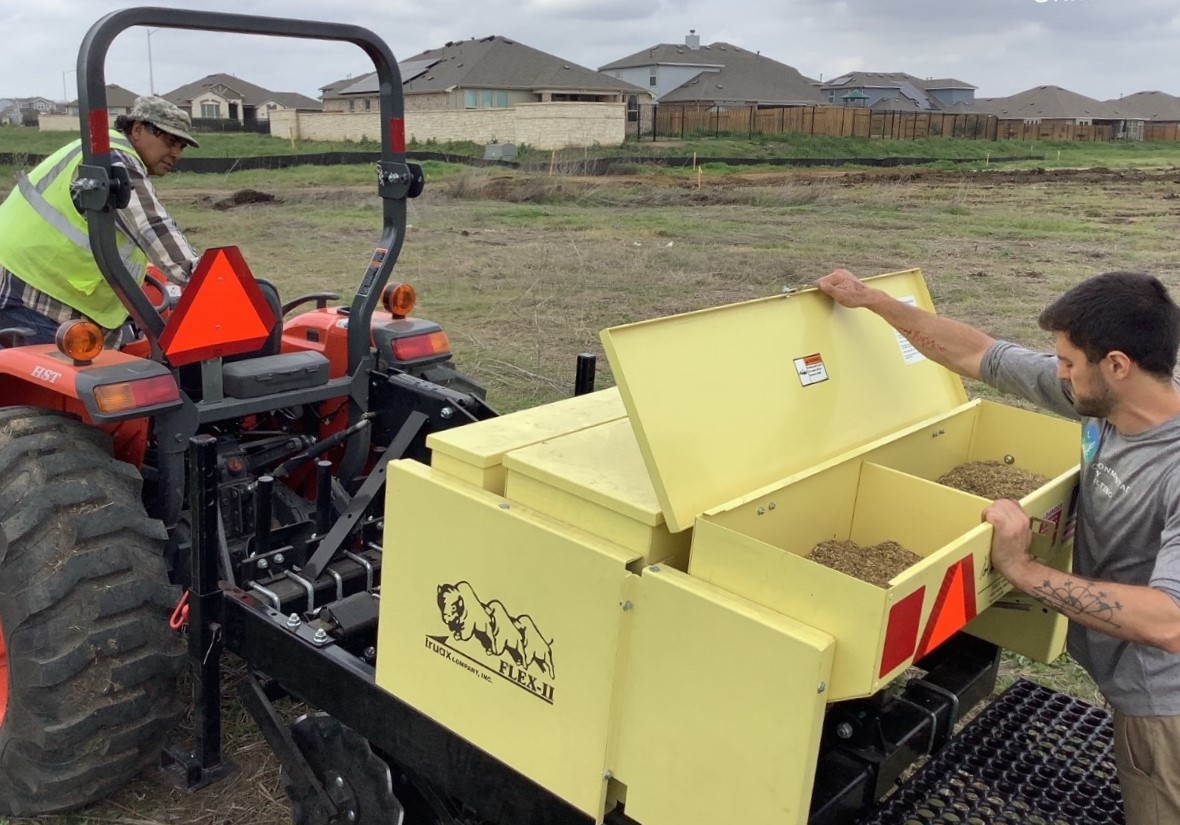
ESC Ecologist, David Mahler’s presentation, Harvest and Use of Native Seed in the Garden and in Restoration, originally preseted at the online chapter meeting of Native Plant Society of Texas, San Antonio is now available for your (FREE) viewing pleasure. Learn how to ethically and effectively harvest seeds, as learned by Mahler in his decades of restoration work at Spicewood Ranch.
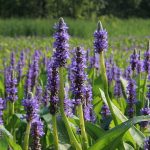
Plants and Phytoremediation Unlike raingardens, wet ponds are designed to capture and hold runoff from impervious cover. Urban runoff can carry pollutants such as gasoline, motor oil, heavy metals, fertilizers, pesticides, aromatic hydrocarbons (PAHs), nickel, copper, zinc, cadmium, lead, synthetic organic compounds, zinc nitrates and phosphorus. Phytoremediation is the use of plants for cleaning up contaminants in soil, groundwater, surface water and air. Fortunately, the plant communities ESC establishes and…
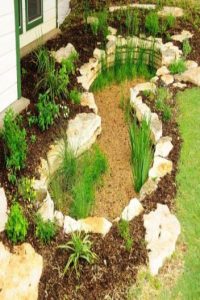
Green Infrastructure for Your Yard With increasing pressure to better handle flood events and improve water quality, many municipalities (including the City of Austin) are implementing measures to slow down, retain, and treat stormwater on-site, allowing it to permeate into the groundwater while carrying less runoff pollution. The methods for accomplishing this are collectively known as green infrastructure. While cities are funding these projects with public money and installing them…
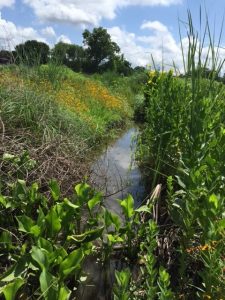
ESC Completes Two Year Program Daylighting and Restoring Urban Creek at Oak Springs In late 2016, ESC completed the restoration of a creek that had been previously capped off and channeled underground. Existing vegetation was limited to exotic turfgrass and other quick-cover species. ESC’s restoration work was performed in conjunction with the City of Austin Watershed Protection Department. The site, at the corner of Tillery St. and Oak Springs Dr.,…
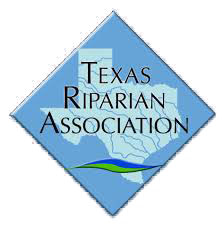
ESC will be well-represented at this year’s “Urban Riparian Symposium: Balancing the Challenges of Healthy Urban Streams,” being held in Houston, Texas, February 15-17 at Rice University. Presentations include: David Mahler — Giant Ragweed (Ambrosia trifida): Why This Native Annual Becomes a Problem in Urban Riparian Corridors.” David will discuss his findings on why giant ragweed is not a problem at the Spicewood Ranch, but is a problem in urban…
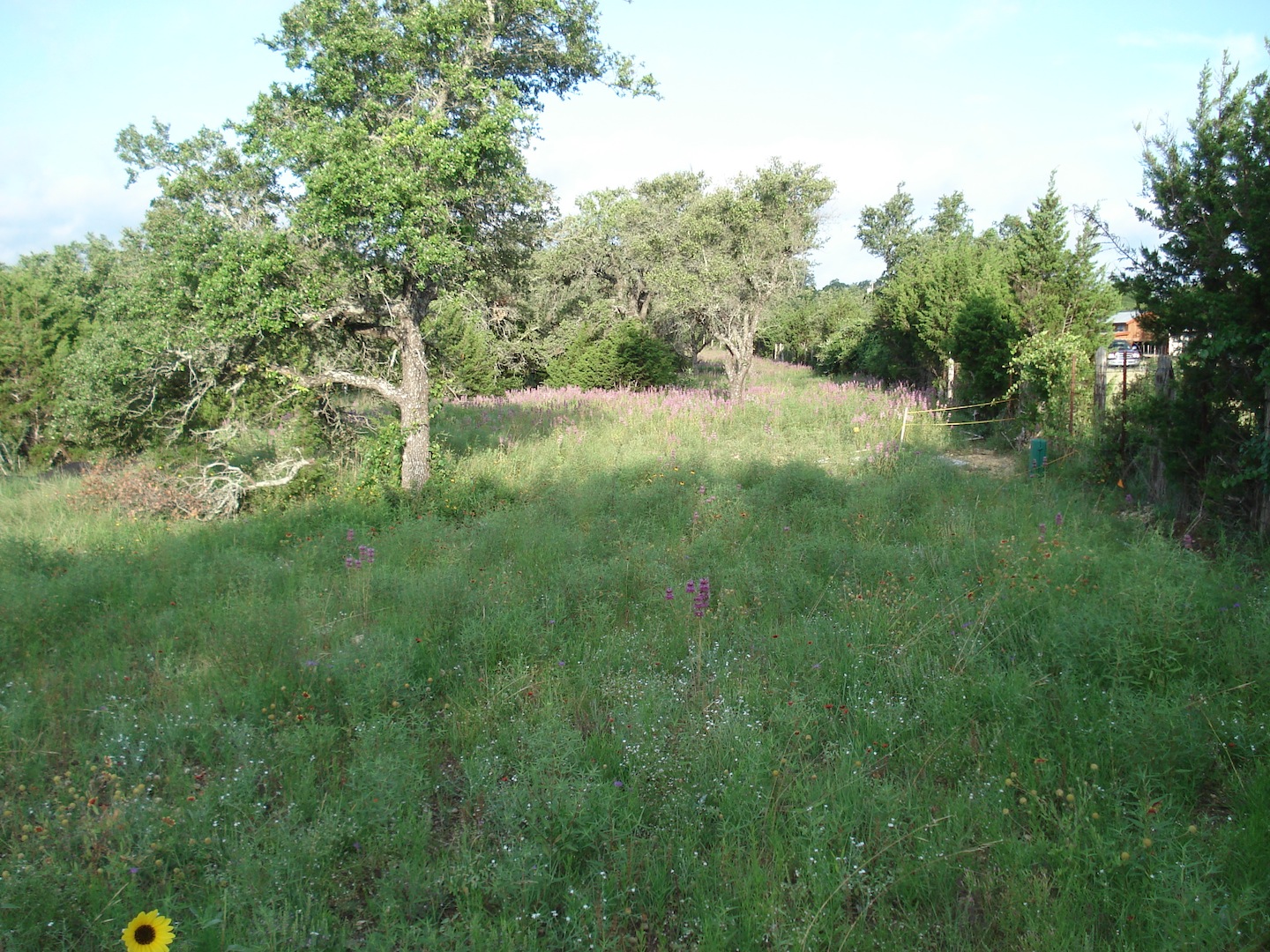
When restoration on the 1200 acre Spicewood Ranch started in 1988, the vegetation was typical of much of the Texas Hill Country. Most of the palatable native grass species were gone or greatly reduced with KR bluestem dominating, and the surviving forb and woody plants were reduced to unpalatable species such as Mexican hat, horsemint, live oak and Texas persimmon. Restoration practices, including controlled burns, cedar removal, deer reduction, high…
Environmental Survey Consulting (ESC) uses the principles of ecological restoration to design and build beautiful landscapes that reflect Texas’ natural heritage. In addition we provide naturalistic water features, hardscape using local stone, and low-impact nature trails.
ESC also designs and carries-out ecological restoration plans for upland, riparian and wetland habitats, provides park and preserve planning and consulting, and offers ecological education services to groups of all ages.
